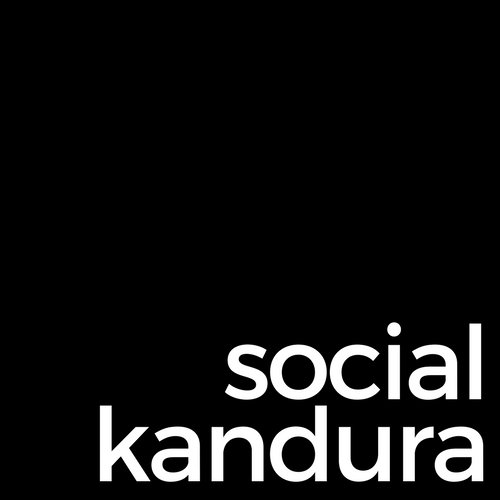As July peaks, large parts of the UAE are recording some of the season’s most extreme conditions, with the highest temperatures touching 49°C in Mezaira and Razeen, two interior regions of Abu Dhabi known for their desert terrain.
Daytime highs hit 45°C in the capital and 43°C in Dubai. Although coastal cities typically benefit from maritime breezes, humidity is intensifying discomfort for residents. Fujairah, shaded by mountains and influenced by the Arabian Sea, offers relatively cooler conditions, with expected highs around 35°C, helped by lingering cloud cover.
These sharp rises come as part of an expected seasonal trend but have sparked renewed attention toward personal safety, road conditions, and outdoor work regulations.
?????????? ???????? ???? ????? ?? ???? #???????_???????? ????? #????????#??????_??????_???????
— ?????? ?????? ??????? (@ncmuae) July 1, 2025
Climate statistics for the month of July according to the records of the #UAE #National_Center_of_Meteorolog pic.twitter.com/OiSiIEUDHy
Visibility Drops as Dust and Sand Sweep Urban Areas
In recent days, residents across Dubai, Sharjah, and Abu Dhabi have reported thick haze and suspended dust, particularly during early morning and late afternoon hours. The layer of fine particles continues to impact visibility on roads and may linger through the week, as indicated by meteorological advisories.
Hazy skies aren’t just an inconvenience—they also worsen air quality and are especially hard on people with respiratory sensitivities. Commuters are advised to take precautions while driving, especially along fast-moving corridors like Sheikh Zayed Road, where reduced visibility has raised safety concerns.
The atmosphere remains unstable, and motorists are urged to check local updates regularly, especially when fog and airborne particles combine in early mornings.
Humidity Amplifies the Heat Discomfort in Coastal Areas
While the numbers on the thermometer may be similar across many cities, perceived heat—or how hot it actually feels—is far more severe in coastal hubs like Dubai and Ajman due to the heavy moisture in the air.
Humidity levels have been consistently high, especially after sunset, trapping heat and making nights warmer than usual. Many residents have reported difficulty sleeping without strong air conditioning, and night-time outdoor activities have significantly dropped off.
The situation is expected to continue into the weekend, with conditions ripe for elevated humidity levels along the coastline, particularly during the late evening and early morning hours.
Chance of Rain Returns to Eastern and Southern Regions
While the heat remains relentless, some parts of the UAE could see scattered rainfall, offering temporary relief—particularly in eastern and southern areas of the country. According to recent bulletins, convective cloud activity has been observed in regions near Al Ain and parts of Fujairah, which may lead to short bursts of rain.
Such summer showers are typically driven by rapid surface heating, especially over mountainous terrain. On Monday night, parts of Al Ain and Dubai experienced unexpected downpours, prompting safety alerts and flash flood warnings in low-lying zones.
Though brief, these rainfall events highlight the complexity of UAE’s summer climate, where high temperatures and humidity can quickly give way to sudden weather changes.
More Heat Expected Into the Weekend
Looking ahead, there is little sign of reprieve. Forecasts indicate another intensely hot weekend, with daytime temperatures expected to push 49°C in Abu Dhabi and 47°C in Dubai. Inland areas are likely to remain the hottest, but coastal cities will continue grappling with extreme humidity.
With such conditions expected to continue well into next week, authorities have reinforced existing safety guidelines—especially around outdoor labour laws. The midday break rule, which restricts outdoor work between 12 PM and 3 PM, remains a critical measure to prevent heat-related illness among workers.
The public is also advised to avoid extended exposure to the sun, particularly during peak hours, and to stay hydrated throughout the day.
Health & Safety Precautions Remain Key
Extreme heat combined with dust and high humidity presents multiple health risks, especially for vulnerable groups such as children, the elderly, and outdoor workers. Medical experts advise residents to take the following precautions:
- Drink water frequently, even when not thirsty
- Limit outdoor activities, especially between noon and sunset
- Use hats, umbrellas, and sunscreen for added protection
- Keep air-conditioning systems well-maintained and clean
- Wear light, breathable clothing
Additionally, those with asthma or respiratory conditions should avoid exposure to dusty environments and keep medications on hand as a preventive measure.
The UAE’s summer season continues to show its full strength, with soaring temperatures, persistent dust, and increased humidity combining to create challenging living conditions. While there is a possibility of brief rainfall in certain areas, most of the country remains in the grip of dry, hot, and hazy conditions.
With the hottest stretch of summer still ahead, it’s more important than ever to follow official updates, protect one’s health, and avoid unnecessary exposure during peak hours.
Read More:
- Riyadh’s cinematic music celebration returns for summer – Social Kandura
- Emirates increases Dubai–Mauritius flights to three daily from December – Social Kandura
For the latest local alerts, lifestyle tips, and real-time updates across Dubai and the UAE, follow Social Kandura and stay one step ahead this summer.











